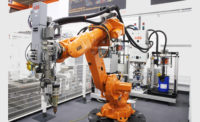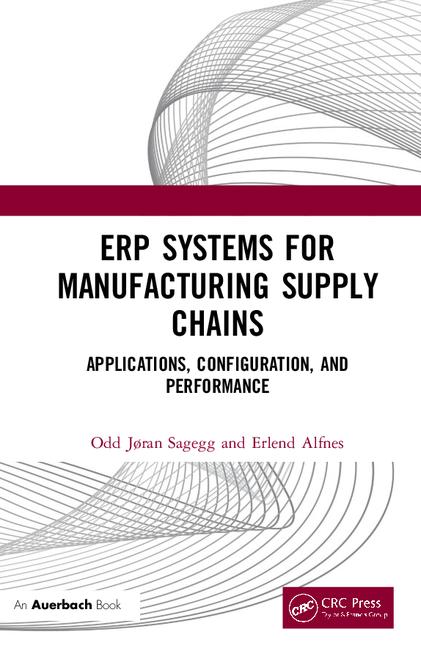Argonne to Develop Supercomputers for Manufacturing

ARGONNE, IL—Engineers at Argonne National Laboratory plan to use high-performance computers to develop new types of manufacturing technology.
“The use of supercomputers can advance innovation in U.S. manufacturing through simulations and modeling,” says Kalyan Kumaran, director of technology at the Argonne Leadership Computing Facility (ALCF). “These methods can enable predictive design that minimizes traditional trial and error prototyping, optimizes product properties and improves estimates of product lifetimes.”
ALCF provides supercomputing resources and expertise to the scientific and engineering community. Its computers are 10 to 100 times more powerful than systems typically used for scientific research and are available to researchers from universities, industry and government agencies.
Argonne National Laboratory and its industry partners were recently awarded funding for four of the 13 projects under the High Performance Computing for Manufacturing (HPC4Mfg) Program that’s operated by the U.S. Department of Energy’s (DOE) Advanced Manufacturing Office within the Office of Energy Efficiency and Renewable Energy.
HPC4Mfg leverages world-class technical expertise with high-performance computing to tackle manufacturing challenges uniquely solved by computer modeling. Participating government research facilities include Argonne, Los Alamos National Laboratory, the National Renewable Energy Laboratory and Sandia National Laboratories.
The program unites DOE’s supercomputing capabilities and expertise with U.S. manufacturers to optimize production processes, enhance product quality, and speed up design and testing cycles while decreasing energy consumption.
Since it began in 2015, the HPC4Mfg Program has funded a total of 60 industry projects, ranging from improving the reliability and lifetime of wind turbines to studying how to mitigate defects in the 3D printing of metal parts.
Research planned at Argonne includes:
*VAST Power Systems will work to optimize gas turbine combustors through a partnership with Lawrence Livermore National Laboratory and Argonne’s Energy Systems division. The project will be co-funded by the Office of Fossil Energy and the Advanced Manufacturing Office.
*The Steel Manufacturing Simulation and Visualization Consortium and ArcelorMittal USA aims to optimize reheat furnace efficiency in steel manufacturing through work with Argonne’s Energy Systems division.
*Transient Plasma Systems Inc. will partner with Argonne’s Energy Systems division to optimize the characteristics of nonequilibrium plasmas for more efficient and cleaner internal combustion engines.
*3M is seeking to optimize the fiber spinning manufacturing process used in filters, fabrics and insulation with the help of Argonne’s Data Science and Learning division.
Looking for a reprint of this article?
From high-res PDFs to custom plaques, order your copy today!








